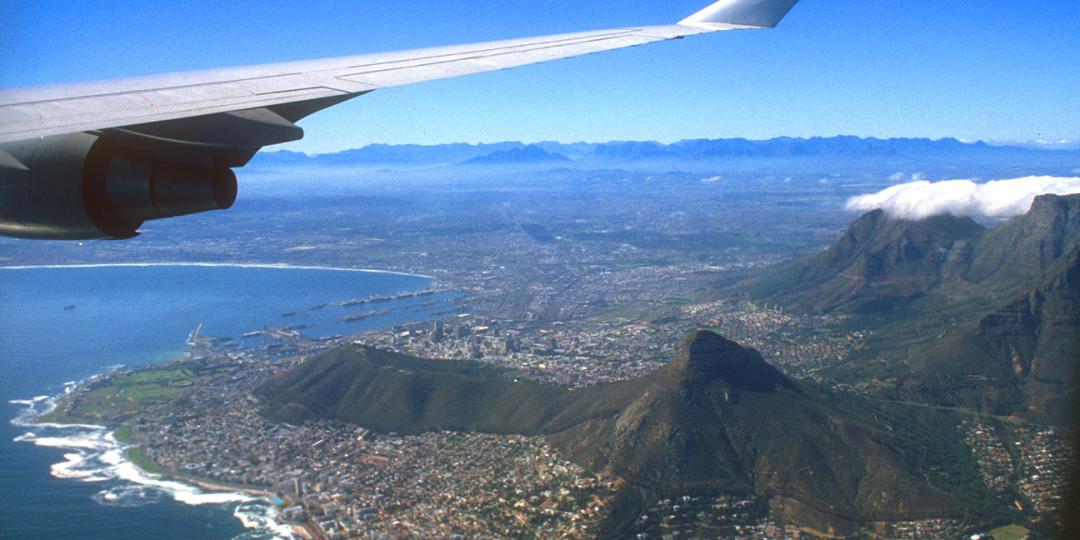With a number of new air access routes between Southern and East Africa, Tourism Update spoke to the industry to find out how this might change the travel landscape.
How might increased access between Southern and East Africa change traveller behaviour?
Tina Kennedy, Wilderness Safaris Product Manager, said: “We see an increase in the number of requests combining Southern and East Africa. The connections are now much simpler and provide many new opportunities for combination itineraries. If air access improves between East and Southern Africa, many international travellers would visit multiple destinations in one trip i.e. South Africa, Zimbabwe, Botswana, Namibia and East Africa.”
Sean Kritzinger, co-owner and director of Giltedge agrees. Martin Weist, CEO of Tourvest Destination Management, adds that while the theory still has to prove itself, “increased air access allows for multi-country combination packages using the particular strength of each country in terms of the focus areas: bush, beach, culture, etc.”.
Ross Kennedy, CEO of Africa Albida Tourism, believes that as travellers have more information available to them, they will start to insist that their agent books certain routes, and this will lead to greater traffic on new routes, driving traffic away from standard routes.
Robyn-Lea Meyer, Inbound Systems and Training Manager at Giltedge said: “The flight route that’s had the biggest impact for our consultants in terms of combining East and Southern Africa on itineraries so far, has been Cape Town-Livingstone-Nairobi, which has been active for almost a year. It means that clients are able to be in Nairobi in the morning (07h30), in Livingstone by mid-morning (09h45) and on tour in Zimbabwe by midday. We are also excited about the new Kigali-Harare-Cape Town flight (starting May 16).”
She says that Europeans and Australians are more likely to combine the two regions than Americans because they have longer holiday periods. “Clients used to waste a lot of time overnighting in capital cities, the new routes allow for easier, smoother travel.”
Will new circuits develop? What are these likely to include and who are they likely to appeal to?
Tina Kennedy says: “Definitely. Wilderness Safaris has just launched a suggested itinerary combining East Africa with Hwange and Livingstone, with the add-on option for Cape Town. We believe that there is strong demand in the market for exactly this kind of circuit.”
Weist warns that while there will be new circuits, they are likely to only appeal to a niche market, while Ross Kennedy believes that market forces will prevail, as the new routes will appeal to experienced travellers and the Millennial market. “A new circuit might be East Africa-Cape Town-Victoria Falls-Botswana. This won’t require the traditional return tickets; one could fly in the other end and out the other.”
Kritzinger adds that the latest circuit, based on RwandAir flying to Kigali four times a week, opens Rwanda up to visitors, allowing for unique packaging opportunities.
Will traveller focus shift to experiencing the ‘ultimate Africa bucket-list trip’ in three weeks?
Weist says this is unlikely as the average stay for holidays is on the decline. Tina Kennedy agrees, “Travel days will always present a limitation and two-week itineraries are generally more popular. RwandAir’s soon-to-launch flight between Kigali, Harare and Cape Town is very exciting as it will present opportunities for a diverse and mixed experience. We believe that our guests will combine the city and ocean of Cape Town with pure safari destinations such as Mana Pools or Hwange; and, of course, the bucket-list gorilla-trekking activity in Rwanda along with other ape species such as the golden monkey.”
Ross Kennedy adds that while focus may not shift, the demand will grow. “Experienced repeat travellers always seek to be ‘pioneers’ of new routes. As a result, the niche/concierge agents will quickly adapt to sell these routes.”
How will increased air access impact how tours are packaged and sold?
Weist says it would allow greater flexibility, while Kritzinger says it has the added benefit of using the perks of both destinations to sell one tour.
Tina Kennedy add: “Increased and direct air access between East and Southern Africa is welcomed because it creates both time and price value, layovers can be eliminated and the traveller has more time to enjoy those bucket-list experiences.”
How will increased air access assist in industry growth and development?
Ross Kennedy says: “Increased air access means greater diversity of choice for travellers. It also encourages destination competition, leading to better pricing and growth in arrivals. Finally, it will result in more innovative marketing and packaging strategies in order to respond to the new demand.”
Weist adds: “It makes visiting Africa more diverse and efficient.” While, Kritzinger says: “Air access is vital to improve tourism numbers to all African countries. It will help grow the continent as a destination as long as the carriers operate professionally. If the safety records and professionalism of airlines like SAA and Ethiopian Airlines can be matched by other airlines, this will have a great impact.”























